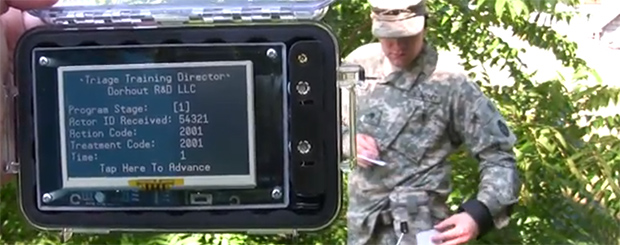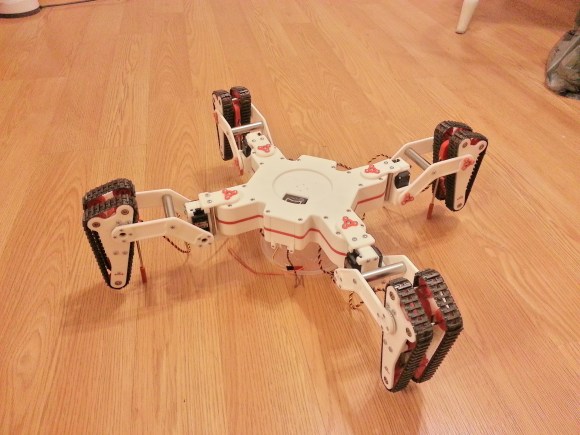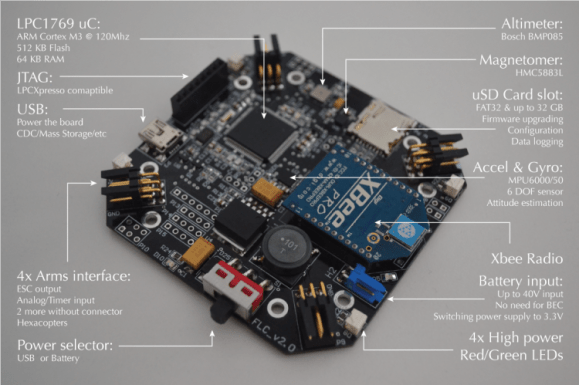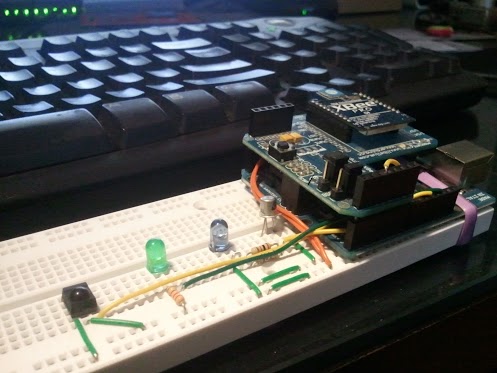
EMTs and other first responders don’t just sit around waiting for a disaster to happen. If they need to train for a disaster – environmental, terrorist, or otherwise – they put together a mass injury simulation, or their version of a war game. As you can imagine, coordinating one of these simulations is a nightmare, but [David] came up with a way to simulate a casualty with a few XBees, a Parallax Propeller, and a few RFID cards.
This triage training simulator consists of an ‘acting coach’ on each simulated victim that includes a speech-to-text module that speaks instructions into the actors ear, a pulse simulator and a readout for vital signs that correspond to twelve major injuries. When an EMT triages a victim, they swipe an RFID card for each medical procedure they perform – intubating is one card, while a bandage is another – and all this is sent back to the coordinator’s tablet.
The coordinator has direct control over each of the actors through a two-way radio link, and can initiate changes in each victim, monitor a paramedic’s responses, and “escalate” the situation by setting off another simulated bomb.
All this is created with off-the-shelf hardware, vastly reducing the cost of this type of training device. An amazing application of what we usually consider to be just robot parts, and we’re happy for [David] to share it with us.
















